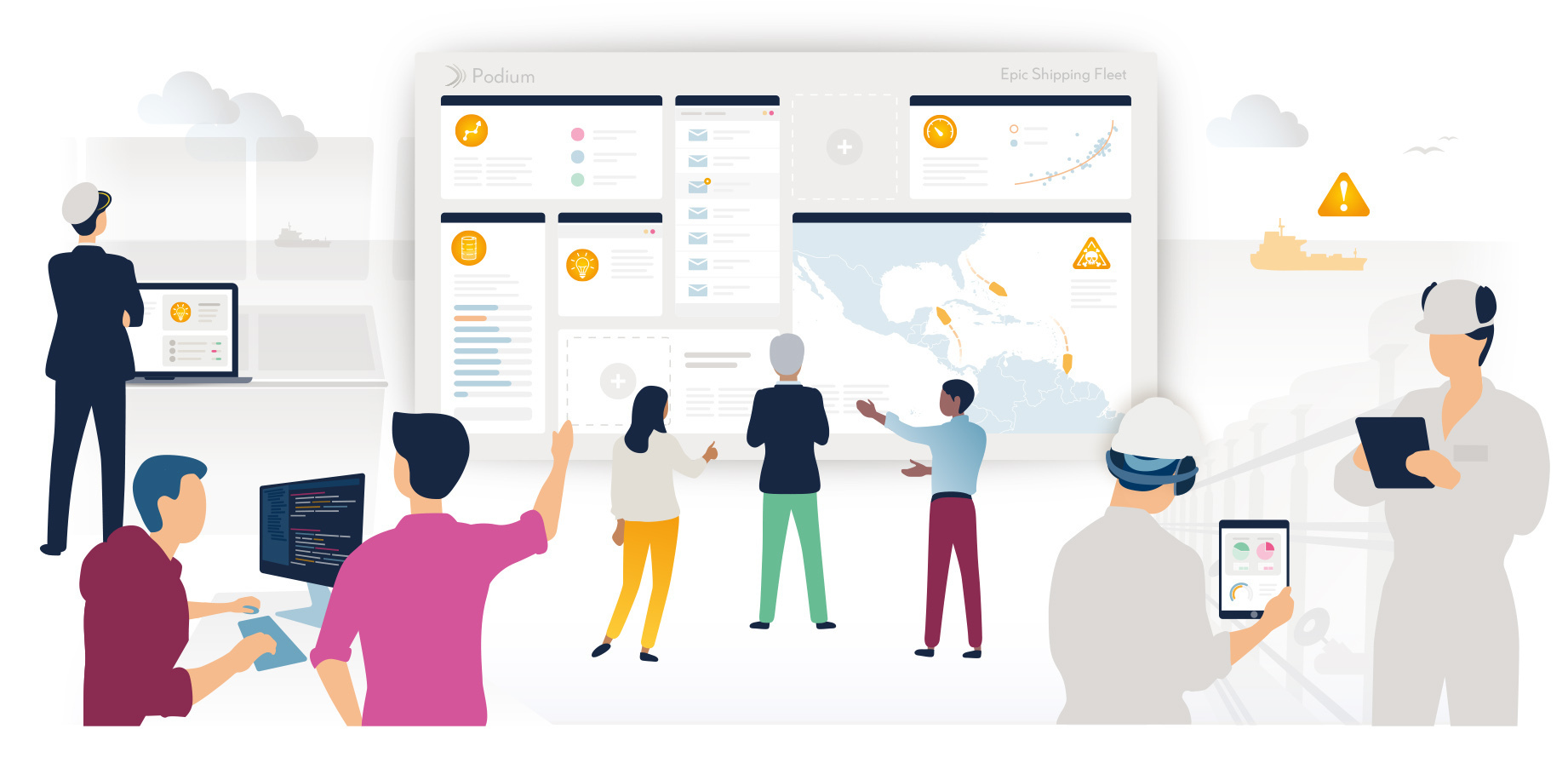 It has been a year of disruption for shipping. With COVID-19 altering supply chains and exerting unexpected pressures on our operations, the industry now finds itself at a turning point, caught between mitigating current challenges and thinking about how to build back better in the new normal we face.
It has been a year of disruption for shipping. With COVID-19 altering supply chains and exerting unexpected pressures on our operations, the industry now finds itself at a turning point, caught between mitigating current challenges and thinking about how to build back better in the new normal we face.
In terms of the digital domain, there has been a significant acceleration over the past year in how various segments within shipping are using data and new technologies. Many are arguably seeing these innovative solutions as miraculously remedies to their operational ills.
However, many appear to be expecting a “silver bullet” for their operational ills from these innovative solutions, but this is unlikely whilst disparate proprietary systems, data silos, and a very complex operating environment are still inhibiting shipping’s digital revolution.
What’s gone wrong?
The simple fact is that shipping’s digitalisation effort has yet to fulfil its potential. There are many who have fallen for the glittering lure that digital technology can offer, without a long-term strategic approach for how best to apply it within their organisation.
We are now in a scenario where digitalisation has arguably made things more complex for maritime professionals in certain scenarios, with mismatched approaches and fragmented data utilisation largely to blame.
For example, increasing enterprise-wide data and information demands require too much manual intervention and effort without offering clear, tangible benefits.
This particularly impacts ship owners and operators and the seafarers on board, who should be standing to benefit the most from the cost efficiencies and optimisation opportunities that digitalisation offers. To make meaningful and impactful operational decisions, users currently have to laboriously gather data from a number of siloed applications and platforms spanning vessel and shoreside offices.
Ultimately, the efficiency gains of digitalisation are not being realised as the cross-comparison of data is a notoriously difficult task. There is also a separate element of functionality to blame. Ask any member of shipping’s diverse ecosystem and they will tell you that our industry has very specific data demands. This data is hard to understand and parse using generic ‘business intelligence’ software, which cannot support the number of variables required; up to 10,000 in the case of container shipping.
To solve this, we must adopt bespoke applications that offer maritime domain-specific functionality. Importantly, these applications must co-exist and work together on true platforms, allowing data to be unified and understood and for the benefits of digitalisation to be truly unlocked.
How can shipping succeed in simplifying its digital revolution?
Firstly, companies must have a clear long-term vision on how to best use digital technologies. Shipping’s digital revolution is littered with users who have invested vast sums of money on cutting-edge technology but have grown frustrated with the lack of immediate and obvious success. A different and longer-term view should now be taken on how to implement digitalisation and data within their workflows. Companies need to take the time to understand how digitalisation can work for them. Taking the time to understand which areas of your operations can be made more efficient – ranging from improving your billing system or reducing emissions with route optimisation – is vital. The digital transformation should therefore be a holistic undertaking aiming to address planning, operations, commercial activities, and support functions.
We must also be prepared to bring more of our industry along in this journey. A failure to truly share the benefits of the digital revolution will only undermine progress in the long run.
What can shipping do now?
Shipping has tremendous digital solutions at its disposal. However, it must now seek to unify its various digital fragments, allowing owners and operators to gain the benefits of digitalisation. All of this must be wrapped up in the right infrastructure and ecosystem to drive digital change.
A significant step forward would be to move beyond generic tools and adopt applications that have been designed by seafarers with maritime-specific functionality in mind.
Shipping is a sector of doers and needs a clear pathway to digitalisation. It throws down a gauntlet for digital providers and pioneers like StratumFive to enable the market to reap the rewards of this transformative trend.
Source: Ross Martin, COO of StratumFive

